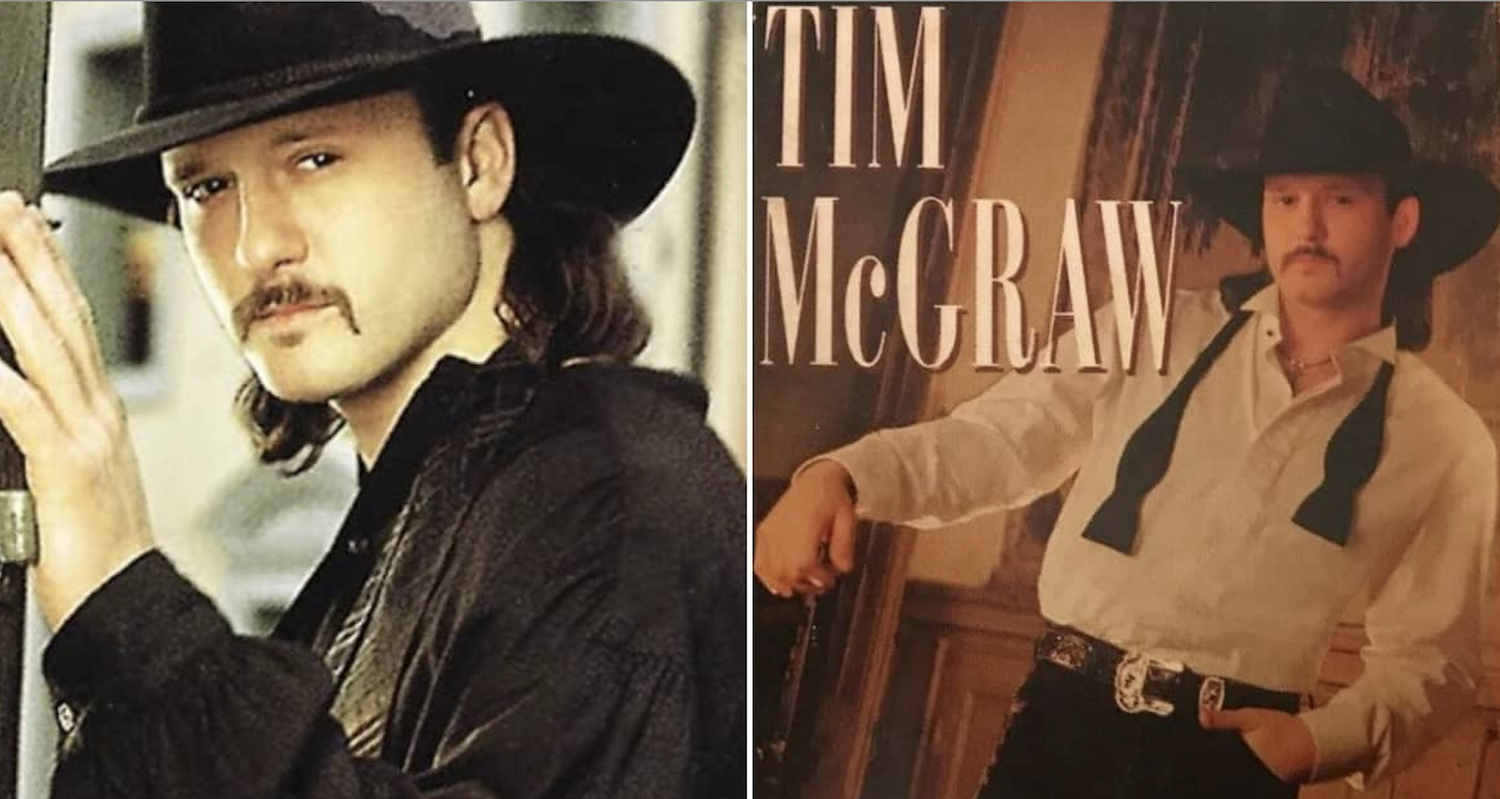Events
Sorry, there is nothing for the moment.
Listeners:
Top listeners:
Listen Austin's Classic Country

The 1950’s and 1960’s were marked by a traditional sound in country music. By the 1970’s, singer-songwriters were influential, as well as the emergence of “Outlaw Country.” As the 1980’s dawned, videos were on the scene, and music became more commercialized than ever. Country took a big lean toward pop music. But, what about the 1990’s? Where did that decade take country music and what type of mark did it leave on the industry?
The 1990s marked a pivotal era in the history of country music, as the genre experienced a remarkable transformation with the emergence of the “Hot Country” movement. Characterized by its fusion of contemporary elements with traditional country sounds, this trend breathed new life into the genre, attracting a diverse audience and propelling country music to unprecedented levels of popularity. There was even a Hot Country chart created because it moved the genre so profoundly.
At the heart of the Hot Country movement were artists who fearlessly experimented with their music, incorporating elements of pop, rock, and even R&B into their songs. This bold approach challenged the traditional boundaries of country music and helped the genre appeal to younger generations. Iconic figures such as Garth Brooks, Shania Twain, Tim McGraw and Faith Hill rose to prominence during this era, taking country music to mainstream audiences across the globe.
Garth Brooks became a symbol of the Hot Country movement, with his energetic performances and stadium-sized concerts attracting fans from all walks of life. His album “No Fences” (1990) became a monumental success, showcasing a blend of country sensibilities with rock-inspired anthems like “Friends in Low Places.” Brooks’ influence extended beyond the music itself, as he championed multimedia strategies and music videos that helped revolutionize how artists connected with their audiences. Here’s Garth Brooks performing a song that helped make Hot Country a thing, “Friends in Low Places.”
Shania Twain, a Canadian singer-songwriter, took the Hot Country movement to new heights with her 1997 album “Come On Over.” Her crossover appeal was unmatched, breaking barriers and earning her the title of the best-selling female country artist in history. Twain’s unique style, conceived by her then husband, Mutt Lange, blended contemporary pop with country elements, producing chart-toppers like “Man! I Feel Like a Woman!” and “You’re Still the One.” Feel the 1990’s by watching Shania’s video for “Man! I Feel Like A Woman.”
The Hot Country movement’s impact was not limited to solo artists; it also redefined country duets. Powerhouse duos such as Tim McGraw and Faith Hill collaborated on hit songs like “It’s Your Love,” showcasing the genre’s ability to transcend individual artists and create timeless partnerships that resonated with audiences.
As the 1990s came to a close, the Hot Country movement had left an indelible mark on the genre. Its willingness to embrace modern sounds while retaining the essence of traditional country music reinvigorated the industry, making it more dynamic and inclusive. Today, its legacy continues to influence contemporary country artists, reminding them of the importance of artistic innovation to keep the genre fresh and attract a new generation.
Written by: Nick Rainey
Faith Hill Garth Brooks Hot Country Shania Twain Tim McGraw
todayOctober 2, 2023 1302 7
Bull Classic Country is an audio product of Branded Broadcast, Inc. ©2011-2023
Bull Classic Country
500 E St Johns Avenue
Suite 2620 #1031
Austin, Texas 78752